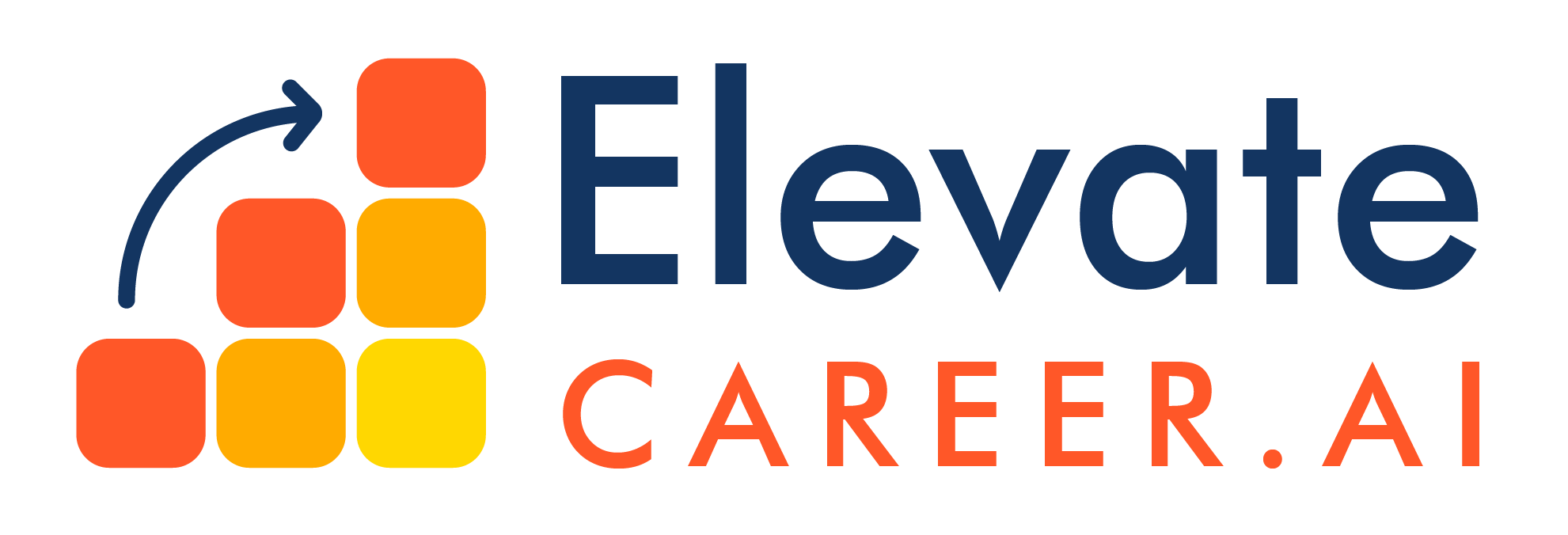Handling includes: 1) URL strategy, 2) Content preservation, 3) Redirect planning, 4) Alternative suggestions, 5) User communication, 6) Performance monitoring, 7) SEO value retention, 8) Strategy optimization.
Approaches include: 1) Planning timeline, 2) Content strategy, 3) URL management, 4) Indexation control, 5) Performance tracking, 6) User experience, 7) Strategy adjustment, 8) Results analysis.
Methods include: 1) Feed structure, 2) Product data optimization, 3) Category mapping, 4) Image optimization, 5) Performance monitoring, 6) Error handling, 7) Strategy adjustment, 8) Results tracking.
Methods include: 1) Keyword integration, 2) Content optimization, 3) Image optimization, 4) Schema markup, 5) Technical optimization, 6) User experience enhancement, 7) Performance monitoring, 8) Conversion optimization.
Management includes: 1) Filter analysis, 2) URL strategy, 3) Crawl optimization, 4) Indexation control, 5) Internal linking, 6) Performance monitoring, 7) User experience balance, 8) Technical implementation.
Optimization includes: 1) URL strategy, 2) Canonical implementation, 3) Internal linking, 4) Content differentiation, 5) Schema markup, 6) User experience, 7) Performance monitoring, 8) Strategy adjustment.
Management includes: 1) Content audit, 2) Canonical strategy, 3) Unique content creation, 4) URL structure, 5) Internal linking, 6) Performance monitoring, 7) Quality control, 8) Strategy optimization.
Implementation includes: 1) Tool selection, 2) KPI definition, 3) Event tracking, 4) Goal setup, 5) E-commerce tracking, 6) Report creation, 7) Analysis framework, 8) Strategy optimization.
Optimization includes: 1) Structure planning, 2) Content strategy, 3) Internal linking, 4) Filter implementation, 5) Pagination handling, 6) Performance optimization, 7) User experience focus, 8) Conversion tracking.
Approaches include: 1) Hierarchy planning, 2) URL structure, 3) Navigation optimization, 4) Internal linking strategy, 5) Faceted navigation, 6) Performance monitoring, 7) User testing, 8) Strategy refinement.
Methods include: 1) Content strategy, 2) Product descriptions, 3) Category content, 4) Blog integration, 5) User-generated content, 6) Performance tracking, 7) Engagement monitoring, 8) Strategy refinement.
Optimization includes: 1) Intent analysis, 2) Keyword mapping, 3) Content alignment, 4) Feature implementation, 5) User experience, 6) Performance tracking, 7) Strategy adjustment, 8) Conversion optimization.
Development includes: 1) Site architecture planning, 2) Category optimization strategy, 3) Product page framework, 4) Technical requirements, 5) Content strategy development, 6) User experience focus, 7) Implementation roadmap, 8) Performance measurement setup.
Strategies include: 1) Schema selection, 2) Data mapping, 3) Implementation planning, 4) Testing protocol, 5) Monitoring setup, 6) Performance tracking, 7) Error handling, 8) Optimization process.
Strategies include: 1) Review collection, 2) Schema implementation, 3) UGC management, 4) Moderation strategy, 5) Integration planning, 6) Performance tracking, 7) User engagement, 8) Strategy refinement.
